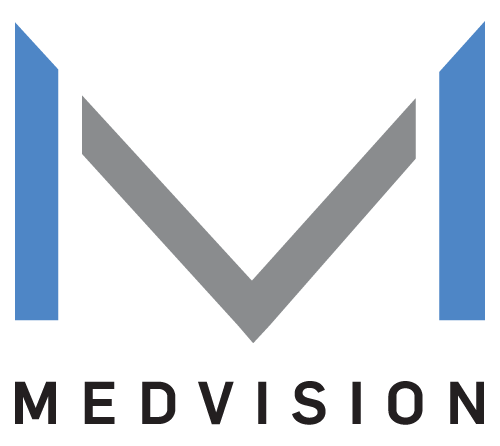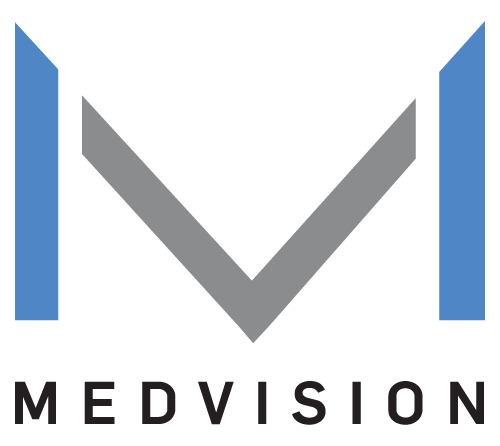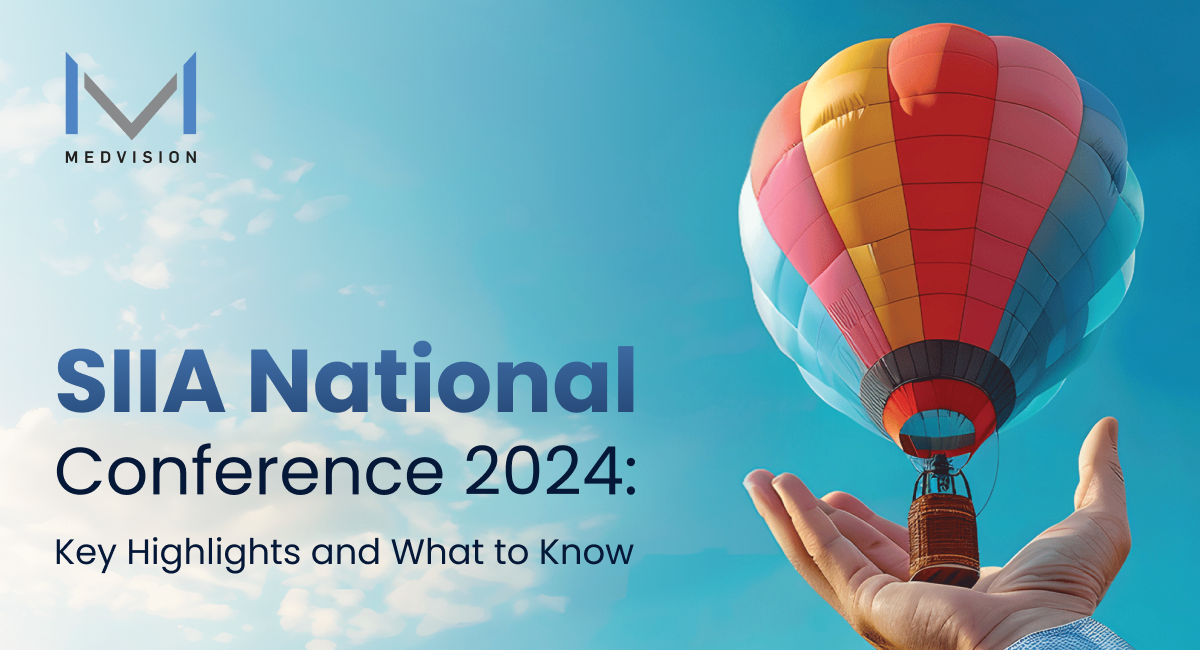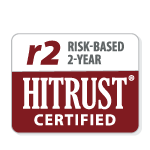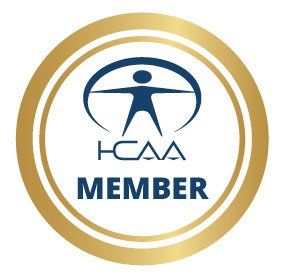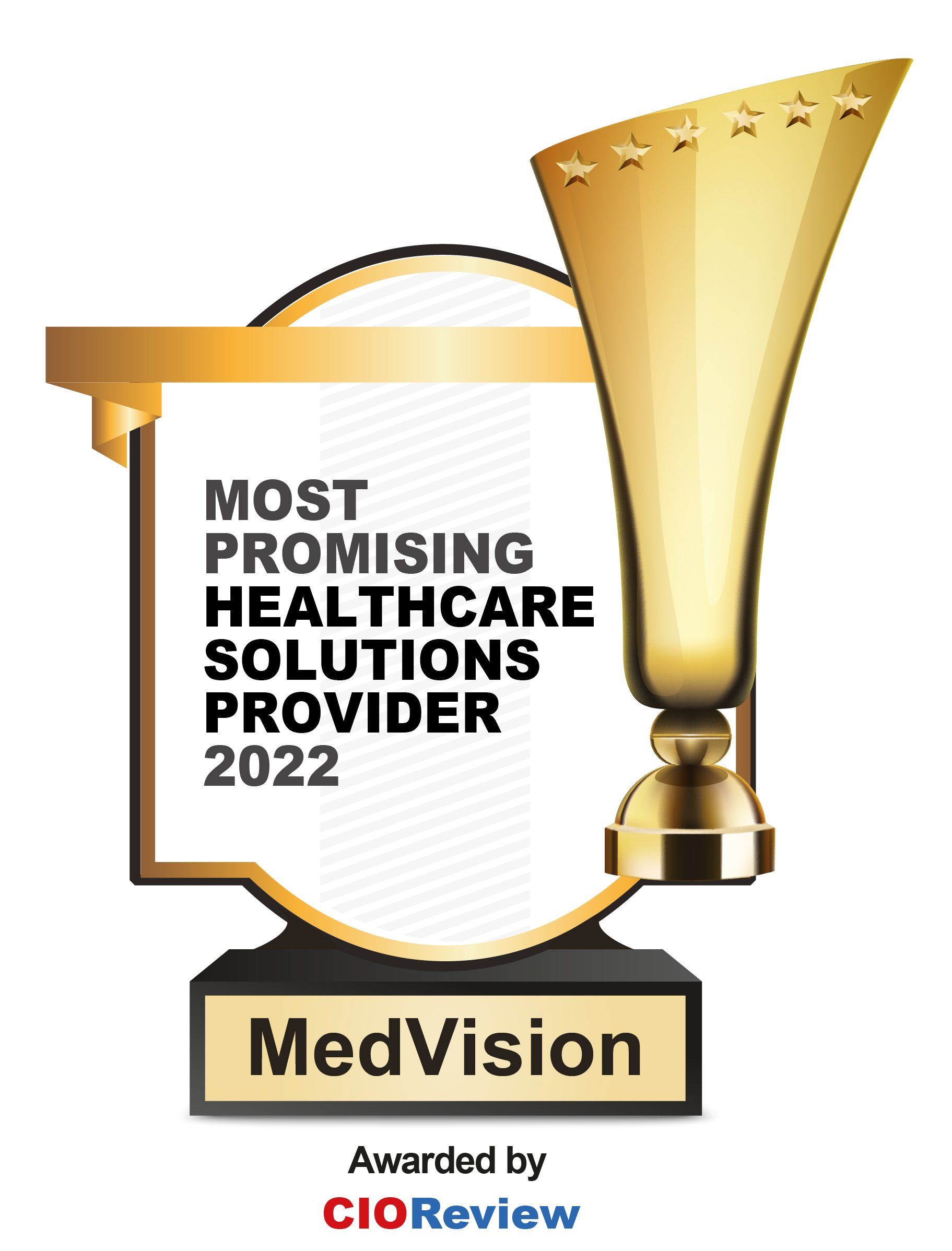Navigating Regulatory Compliance: Keeping Your PACE Program Up-to-Date

Adhering to regulatory standards allows PACE Programs to maintain their integrity and sustainability, effectively deterring fraud and abuse.
Strong compliance measures safeguard organizations from legal and financial consequences, including penalties, fines, and potential loss of certification. Stringent compliance protects participants' well-being and ensures these programs operate ethically.
However, keeping up with regulations is no walk-in-the-park for
PACE Programs. Read on for actionable strategies and guidance to ensure your PACE Program remains compliant and continues to excel in providing exceptional care.
Elevate your PACE Program with MedVision!
Top Regulatory Challenges PACE Programs Face
As PACE Programs evolve and expand, regulatory challenges remain a significant concern. Here’s a look at the key regulatory hurdles these programs must navigate:
1. Complex Compliance Requirements
PACE Programs operate under a stringent set of regulations from both the Centers for Medicare & Medicaid Services (CMS) and state Medicaid agencies.
These regulations set detailed standards for participant eligibility, service provision, and continuous quality monitoring. For administrators, the challenge lies in skillfully handling the differences and occasional overlaps between federal and state regulations to achieve full compliance.
Regulations are not static; they change in response to new healthcare challenges and policy updates. Keeping up with these evolving standards requires ongoing education and adjustments to policies and procedures.
2. Interdisciplinary Team Coordination
Coordinating senior care requires a dedicated interdisciplinary team (IDT), including doctors, nurses, social workers, and therapists. While each professional follows specific regulatory guidelines, their collaboration is crucial for providing holistic care.
Keeping everyone on the team updated with compliance training and maintaining uniform standards is no small feat. Clear communication and careful documentation are required to keep everyone on track and meet regulatory standards.
3. Financial Management and Reporting
PACE Programs operate on fixed monthly payments from Medicare and Medicaid, necessitating meticulous financial management.
These payments are designed to cover all necessary care without additional billing to participants, making accurate budgeting and cost management crucial.
Detailed financial reports are mandatory to ensure transparency and proper fund utilization. PACE Programs must account for every dollar spent and demonstrate that funds are used appropriately for patient care.
Any discrepancies or mismanagement can lead to significant legal and financial consequences.
4. Quality Assurance and Performance Improvement
Implementing and maintaining a Quality Assurance and Performance Improvement (QAPI) program is essential for all PACE Programs. It involves continuous monitoring, data collection, and reporting to meet CMS standards. The goal is to constantly improve patient care and service quality.
Regular audits and inspections by CMS and state agencies add to the compliance burden. Upholding vigilance and ongoing improvement is vital to meet these stringent standards. PACE programs must be ready for these reviews and show they’re always compliant with all regulations.
5. Participant Rights and Protections
A critical part of PACE compliance is ensuring participants' rights are protected, and they are fully aware of their care options. You must clearly communicate their care plans and obtain informed consent for treatments and services.
Effectively managing grievances and appeals in PACE Programs requires significant resources and careful coordination. These programs must implement processes to handle participant complaints, ensuring fair and timely resolution for each concern.
Steps to Ensure Your PACE Program Remains Up-to-Date

Current regulations permit the termination of a PACE Organization’s agreement for various reasons, including significant non-compliance with PACE Program conditions or terms, and the inability to guarantee the health and safety of participants. For instance, if CMS deems deficiencies to be uncorrectable, this could lead to the termination of the agreement.
Implementing key strategies effectively to prevent such adverse outcomes is crucial. Below are essential steps to ensure compliance in the dynamic and
ever-evolving PACE Programs:
1. Provide Ongoing Education and Training
- Regularly train all staff members to inform them about the latest regulatory changes, including updates from CMS, state Medicaid agencies, and other relevant bodies.
- Tailor training programs for different roles within the PACE organization. For example, clinical staff may need detailed training on patient care standards, while administrative staff might focus on documentation and reporting requirements.
- Create a culture of compliance where staff understands the importance of adhering to regulations through regular reminders, workshops, and incorporating regulatory practices into everyday activities.
2. Enhance Effective Communication
- Establish clear communication channels within the IDT. Regular formal and informal meetings can ensure that all team members are aware of regulatory requirements and any updates.
- Digital platforms should be utilized to integrate shared electronic health records (EHRs) and secure messaging systems to facilitate better communication among care providers.
- Encourage open dialogue about compliance issues. Implement an anonymous reporting system so staff can report compliance violations without fear of retribution.
3. Maintain Detailed Documentation
- Maintain meticulous records of all aspects of care, financial transactions, and compliance activities. Document patient assessments, care plans, treatment outcomes, and any changes in patient status.
- Organized documentation makes necessary information easily accessible for audits and inspections. To ensure consistency and completeness, implement standardized documentation processes, including templates, checklists, and guidelines for various types of documentation.
- Modern healthcare operating systems streamline this process by providing a centralized record-keeping and information management platform. Software custom-built for PACE Programs, such as QuickCap, facilitates standardized documentation practices through customizable templates and workflows.
4. Implement Proactive Quality Assurance
- Establish proactive quality assurance measures to avoid compliance issues. Monitor care quality, patient outcomes, and service delivery processes regularly.
- Leverage data collected from QAPI programs to drive enhancements. Analyze trends to pinpoint areas for improvement and develop targeted interventions.
- Use healthcare administration software with analytics and reporting tools to facilitate continuous monitoring and quality assurance. With these advanced tools, you can make informed decisions thanks to their robust data analysis and reporting capabilities.
5. Conduct Risk Management
- Regular risk assessments are necessary to uncover potential compliance risks. Analyze past compliance issues, review changes in regulations, and consider the unique needs of the participant population.
- Utilizing administrative healthcare software like QuickCap can significantly enhance this process by providing tools for tracking and analyzing compliance data.
- Create and maintain crisis management plans to respond swiftly to compliance breaches or adverse events. Define clear roles and responsibilities, communication protocols, and steps to rectify issues. By preparing in advance, PACE Programs can ensure they meet regulatory standards and handle incidents effectively.
6. Engage Participants
- Engaging participants and their families in the care process ensures transparency and prompt resolution of concerns. Communicate their rights, care plans, and any changes. Educate them on filing grievances and appeals procedures and ensure your team addresses them promptly and equitably.
- Document and track all concerns on a unified platform to ensure your staff correctly manage them. Utilizing a specialized operating system for PACE Programs can help streamline this process and enhance overall care coordination.
7. Utilize Healthcare Technology
- Utilize advanced administrative healthcare software like QuickCap to streamline documentation, enhance accuracy, and facilitate seamless coordination among your interdisciplinary team. PACE Programs hinge on a value-based care model, and adopting a centralized and efficient platform for managing patient records makes this transition smoother.
- The most advanced value-based administration software can track regulatory requirements, manage documentation, and ensure timely reporting. These tools offer features such as payment management, patient care tracking, and comprehensive reporting and analytics to ensure compliance.
Stay Compliant with a Reliable PACE Operating System
MedVision's QuickCap takes the stress out of managing PACE Programs. This software simplifies administrative work, supports your care teams, and ensures compliance with regulatory standards.
Unlock the full potential of QuickCap with its comprehensive benefit plan management, advanced analytics, and efficient claims processing. Plus, its comprehensive audit trails ensure full transparency, giving you peace of mind.
See how QuickCap can streamline your operations. Request a free demo today and experience its benefits firsthand.
Recently published articles
Keep in touch
Subscribe to get the latest update
Trending topics
Share your insights on social media
Upcoming events and company news
